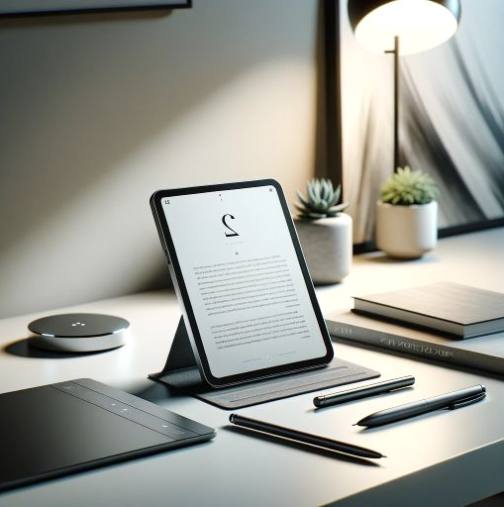ASSALAMUALAIKUM & SALAM SATU MALAYSIA
Hai kekawan...bejumpe lg kite pada minggu ini...ok seperti yang dijanjikan...dibawah ni sy telah updatekn nota pada minggu ni...pada minggu ni sy telah mempelajari mengenai network topology...JOMMM KITE
SAME2 BELAJARRR :)
Network Topology
is the study of the arrangement or mapping of the elements (links, nodes, etc.) of a network, especially the physical (real) and logical (virtual) interconnections between nodes
Physical topology
Any given node in the LAN will have one or more links to one or more other nodes in the network and the mapping of these links and nodes onto a graph results in a geometrical shape that determines the physical topology of the network
Logical Topology :
the mapping of the flow of data between the nodes in the network determines the logical topology of the network
We will discuss about logical topology later
Types/Classification of physical topologies
TYPES OF PHYSICAL TOPOLOGY:
linear bus
A linear bus topology consists of a main run of cable with a terminator at each end.
All nodes (file server, workstations, and peripherals) are connected to the linear cable.
Ethernet and LocalTalk networks use a linear bus topology.
TYPES OF PHYSICAL TOPOLOGY:
Linear Bus
Topologi "linear bus" terdiri daripada suatu kabel utama dengan suatu penamat (terminator) dikedua-dua hujungnya.
Semua nod (seperti komputer pelayan, stesyen kerja dan peranti lain) disambung kepada kabel linear ini.
TYPES OF PHYSICAL TOPOLOGY:
LINEAR BUS
Advantages of a Linear Bus Topology
Easy to connect a computer or peripheral to a linear bus.
Requires less cable length than a star topology.
Disadvantages
· Entire network shuts down if there is a break in the main cable.
· A faulty cable or workstation will take the entire LAN down
· Terminators are required at both ends of the backbone cable.
· Difficult to identify the problem if the entire network shuts down.
· Not meant to be used as a stand-alone solution in a large building.
TYPES OF PHYSICAL TOPOLOGY:
Star
- A star topology is designed with each node (file server, workstations, and peripherals) connected directly to a central network hub or concentrator.
- Data on a star network passes through the hub or concentrator before continue to its destination. The hub or concentrator manages and controls all functions of the network. It also acts as a repeater for the data flow.
This configuration is common with twisted pair cable; however, it can also be used with coaxial cable or fiber optic cable.
Advantages
- Easy to install, and wire.
- · Easy to add new workstations
- · No disruptions to the network when connecting or removing devices.
- · Any non- centralised failure will have very little effect on the network
- · Easy to detect faults and to remove parts.
- · Centralized control
- · Centralized network/hub monitoring
Disadvantages
- · Requires more cable length than a linear topology.
- · If the hub or concentrator fails, nodes attached are disabled.
- · More expensive than linear bus topologies because of the cost of the concentrators.
TYPES OF PHYSICAL TOPOLOGY:
Star-Wired
A star-wired topology may appear (externally) to be the same as a star topology.
Internally, the MAU (multistation access unit) of a star-wired ring contains wiring that allows information to pass from one device to another in a circle or ring
TYPES OF PHYSICAL TOPOLOGY:
Tree
A tree topology combines characteristics of linear bus and star topologies.
It consists of groups of star-configured workstations connected to a linear bus backbone cable. Tree topologies allow for the expansion of an existing network, and enable schools to configure a network to meet their needs
 |
| TREE |
Advantage
Point-to-point wiring for individual segments
Disadvantages
- · Overall length of each segment is limited by the type of cabling used.
- · If the backbone line breaks, the entire segment goes down.
- · More difficult to configure and wire than other topologies.
SEMOGA SEMUA FAHAMM ..... :)
<3 U ALL ....!!!!

















